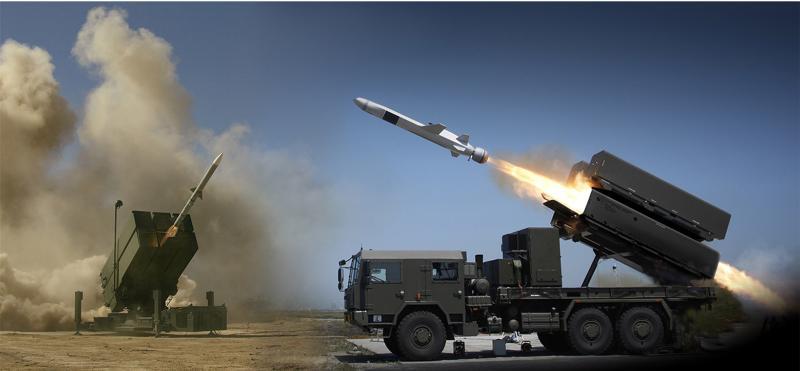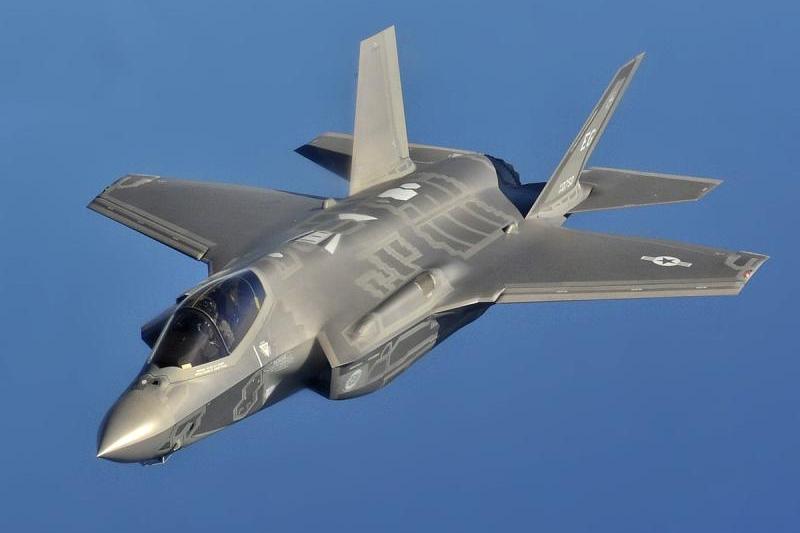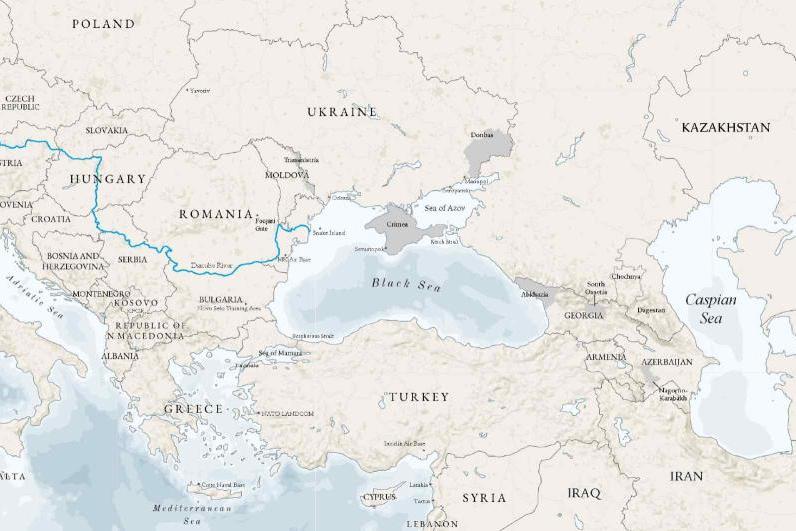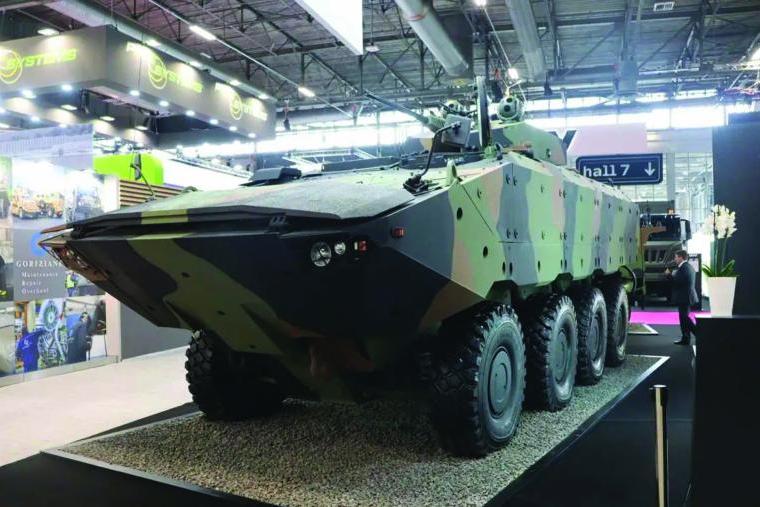HENSOLDT initiates polar bear early-warning system
Pilot project in Canada dedicated to protection of threatened species
Taufkirchen/Germany, 17 June 2021 – Sensor solutions company HENSOLDT makes its technology skills available for the protection of threatened species. The company signed an agreement with the charitable organisation Polar Bears International to initiate a pilot project aiming at the sensor-based early warning of polar bears entering human settlements, thus giving communities notice and time to mitigate negative interactions. The pilot project “Polar Bear Warning Radar” (PoWR) will be operated by Polar Bears International in the “Polar Bear Capital of the World” Churchill, Manitoba, Canada on the shores of Hudson Bay.
Polar bears live on the surface of the Arctic sea ice where they travel, mate, sometimes den, and hunt their main prey ringed and bearded seals. In the Hudson Bay region, climate warming is causing sea ice to melt earlier in the summer and freeze later in the fall, forcing polar bears to fast on land for ever-longer periods. As a result, polar bears in this region of the Arctic are spending approximately one month longer on land, without access to their main food sources.
As a consequence of these longer fasting periods, polar bears are coming into communities more often in search of food. Many communities have wildlife managers, who rely on people seeing polar bears and notifying them so that actions can be taken to protect both community members and polar bears, however visual observations are limited, especially at night and during storms.
“This technology works day and night, in all weather conditions, giving community members the tools they need to stay safe, so that we can protect polar bears, as well as people.” said Sarah Sterzl, HENSOLDT Group Sustainability Officer and project manager of PoWR. “Therefore, the project fits perfectly into our mission to protect not only the society but also our planet. Polar Bears International staff and scientists are renowned experts in this field, so we are proud to partner with them on this project.”
“We are pleased to work with Hensoldt on developing this important technology,” said Geoff York, Senior Director of Conservation at Polar Bears International. “Innovation and creative uses of technology are key to on-the-ground conservation efforts. It’s important that we develop tools to protect people and polar bears while society advances action to address climate warming.”
“Polar bear Warning Radar” is comprised of a ground surveillance radar combined with a camera allowing for detection of bears at distances of four to five kilometres. The combination of radar with a camera adds up the advantages of all-weather operation with precise location and identification at long distances.











